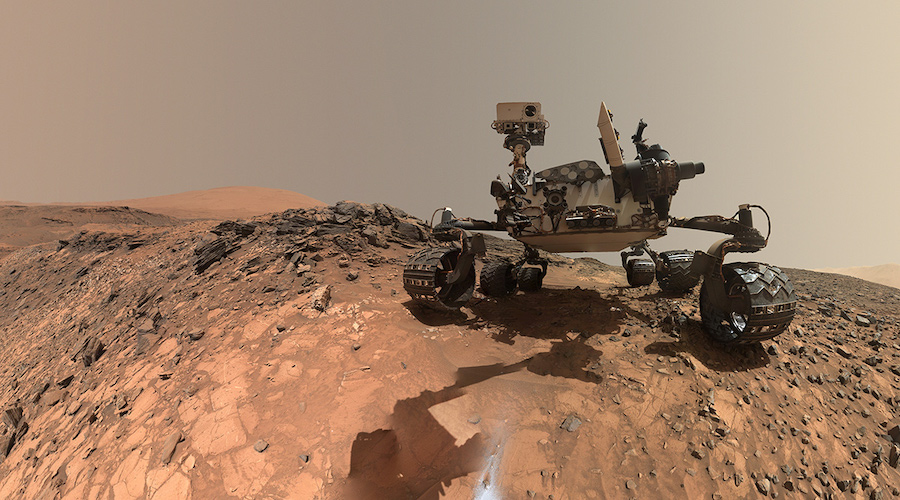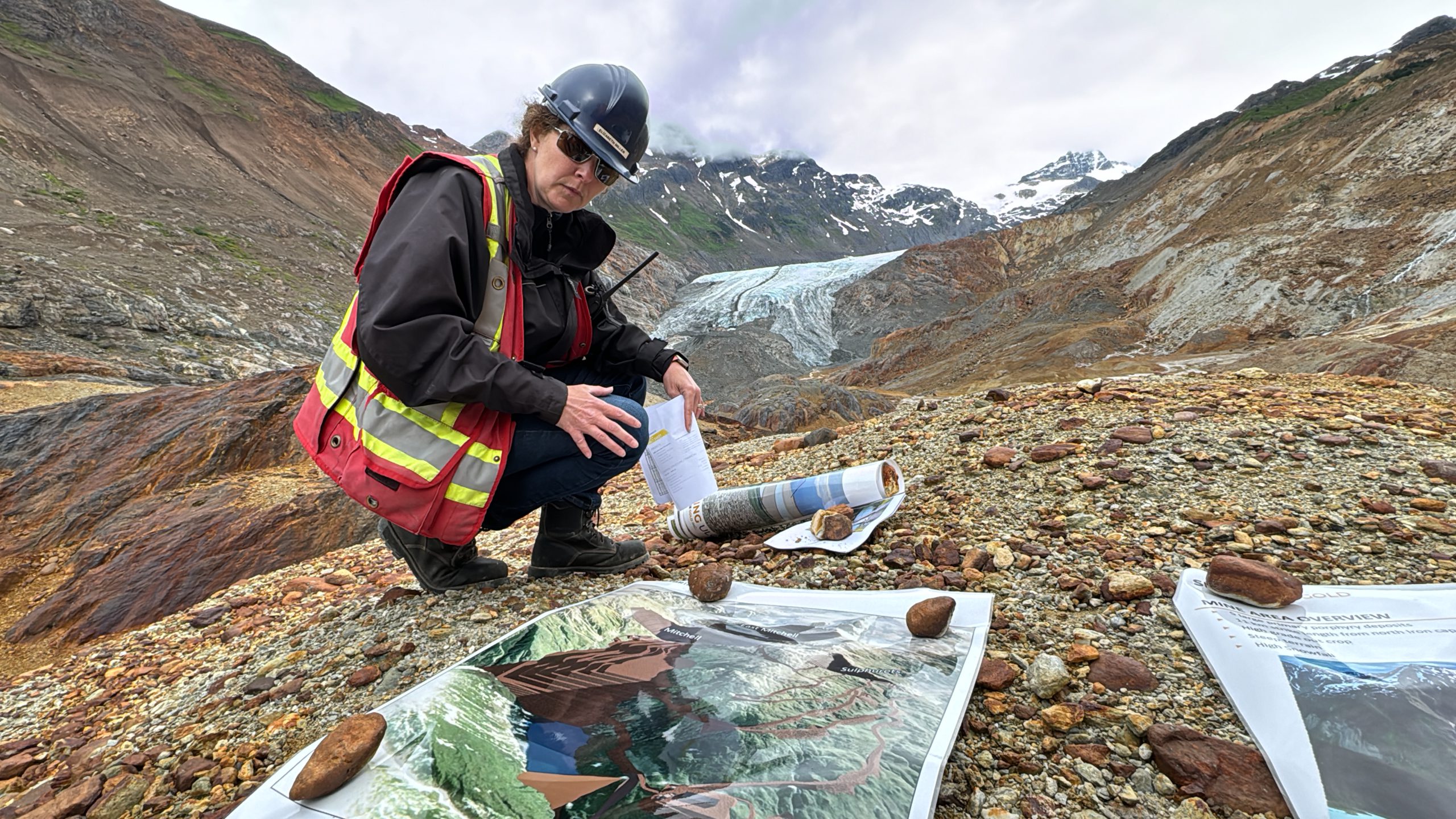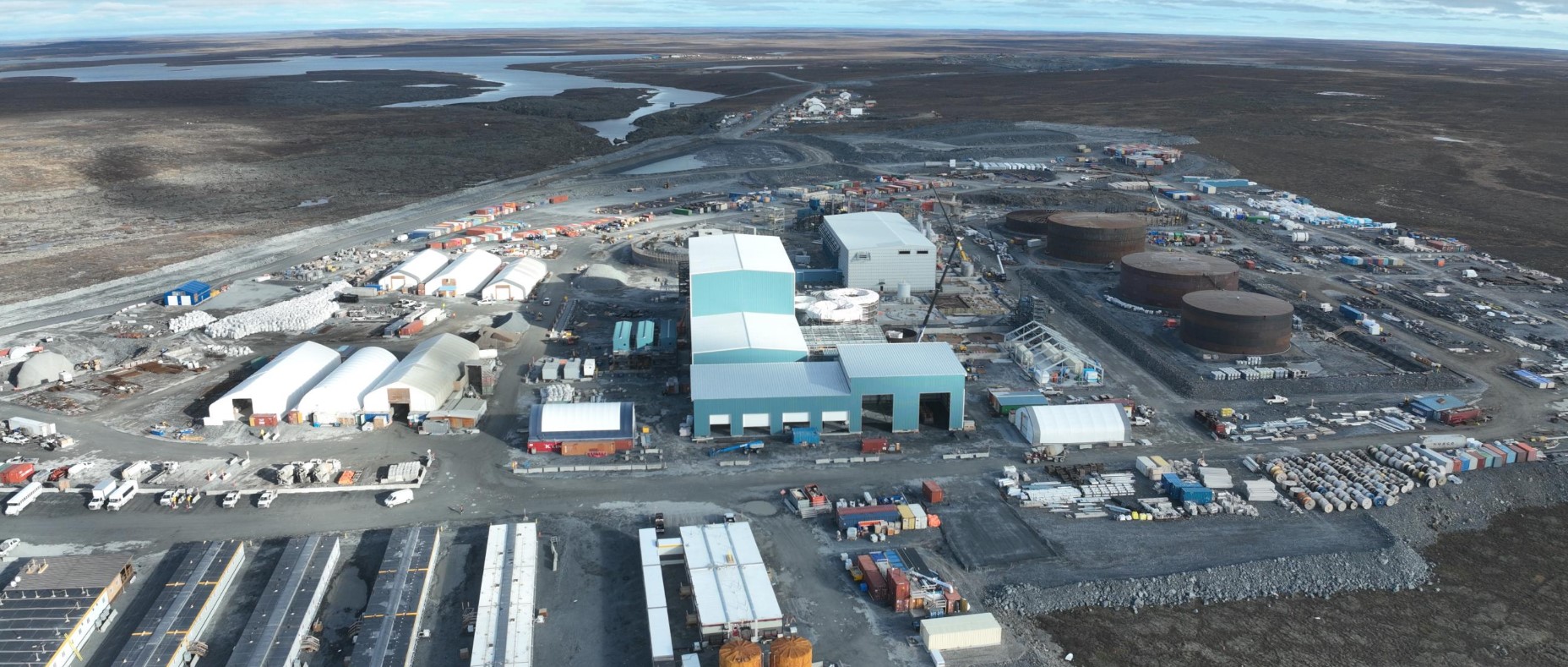The Gale Crater was chosen as Curiosity’s landing site due to the likelihood that it once held liquid water and, indeed, the rover found evidence that confirmed it was actually a lake as recently as 1 billion years ago.
This meant that finding tridymite in mudstone in the crater was surprising because the mineral is usually associated with explosive, evolved volcanic systems on earth, which are different from Mars’ primitive volcanoes.
In their search for answers, the researchers reevaluated data from every reported find of tridymite on earth. They also reviewed volcanic materials from models of Mars volcanism and reexamined sedimentary evidence from the Gale Crater lake.
They then came up with a new scenario that matched all the evidence: Martian magma sat for longer than usual in a chamber below a volcano, undergoing a process of partial cooling called fractional crystallization that concentrated silicon. In a massive eruption, the volcano spewed ash containing the extra silicon in the form of tridymite into the Gale Crater lake and surrounding rivers. The water helped break down the ash through natural processes of chemical weathering, and water also helped sort the minerals produced by weathering.
The scenario would have concentrated tridymite, producing minerals consistent with the 2016 find. It would also explain other geochemical evidence Curiosity found in the sample, including opaline silicates and reduced concentrations of aluminum oxide.
“It’s actually a straightforward evolution of other volcanic rocks we found in the crater,” study co-author Kirsten Siebach said in a media statement. “We argue that because we only saw this mineral once, and it was highly concentrated in a single layer, the volcano probably erupted at the same time the lake was there. Although the specific sample we analyzed was not exclusively volcanic ash, it was ash that had been weathered and sorted by water.”
If a volcanic eruption like the one in the scenario did occur when the Gale Crater contained a lake, it would mean explosive volcanism occurred more than 3 billion years ago, while Mars was transitioning from a wetter and perhaps warmer world to the dry and barren planet it is today.
“There’s ample evidence of basaltic volcanic eruptions on Mars, but this is a more evolved chemistry,” Siebach said. “This work suggests that Mars may have a more complex and intriguing volcanic history than we would have imagined before Curiosity.”




